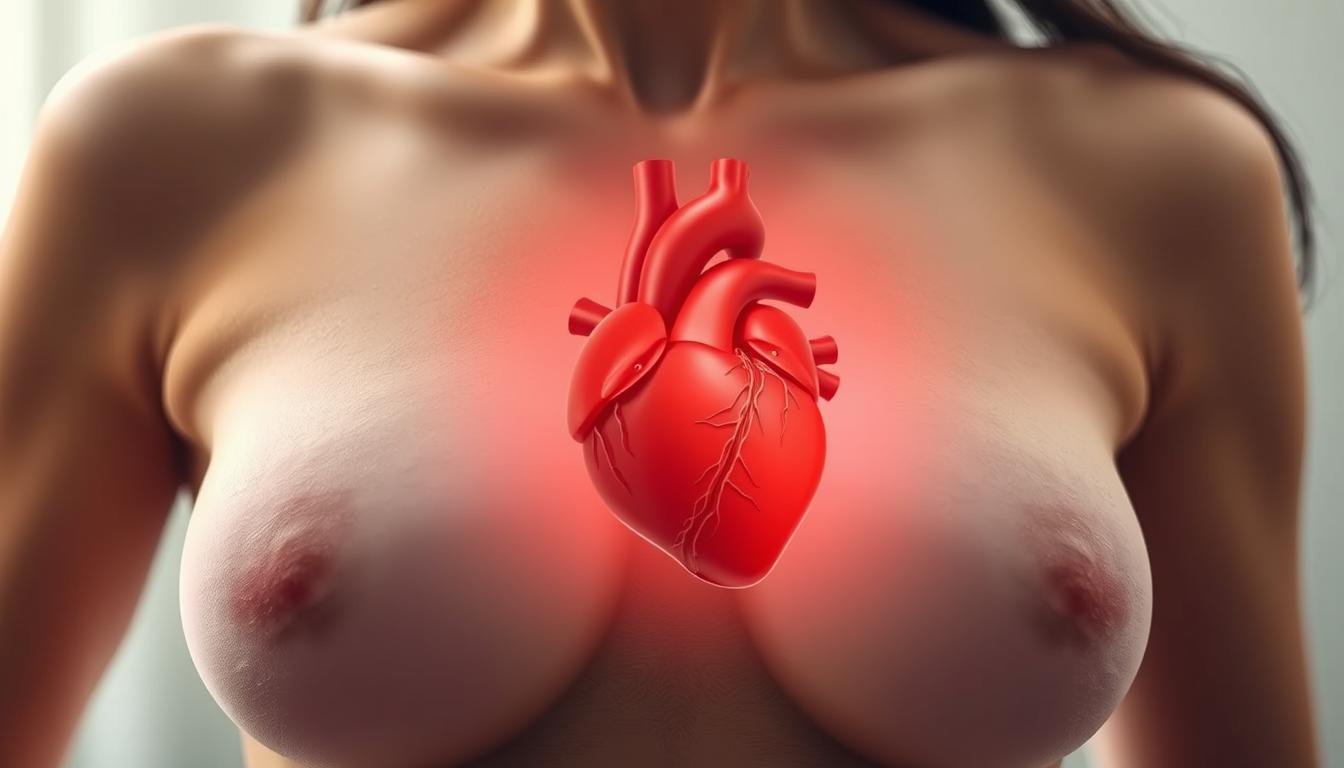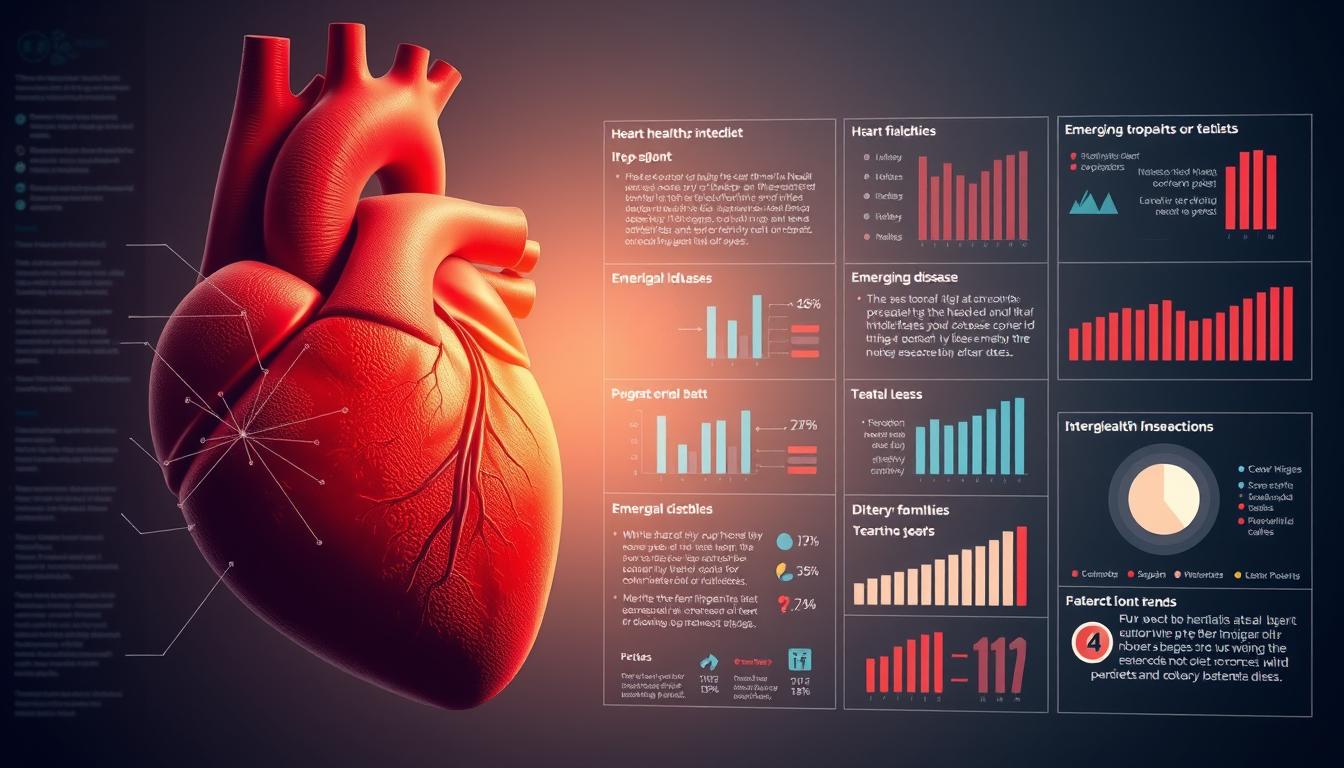Heart disease is a leading cause of death among women in the United States, accounting for over 1 in 5 deaths. Shockingly, a significant number…
Heart Disease and Diet: New Insights Revealed
According to the American Heart Association, cardiovascular disease remains the leading cause of death worldwide, accounting for over 17.9 million deaths annually. Recent research findings…
Heart Attack Prevention in 2025: Latest Findings
According to the American Heart Association, someone in the United States dies from a heart attack every 50 seconds. This staggering statistic highlights the importance…
The Best Foods to Reduce Cholesterol Fast
High cholesterol affects nearly 1 in 3 American adults, increasing the risk of heart disease. A cholesterol-lowering diet can play a significant role in managing…
Natural Ways to Lower High Blood Pressure
Nearly 1 in 2 adults in the United States has hypertension, a condition that significantly increases the risk of heart disease and stroke. Managing high…
Optimize Your Heart Health with the Best Diet for Seniors
As people age, heart health becomes a growing concern. Nearly 1 in 3 adults over 65 has heart disease, making it a leading cause of…
Heart Health Tips for Seniors Over 60
As people age, maintaining heart health becomes increasingly crucial. A staggering statistic reveals that cardiovascular diseases affect nearly one-third of adults over 60, making it…
Best Heart-Healthy Diet for Elderly
As people age, their dietary needs change, and a heart-healthy diet becomes increasingly important. Cardiovascular diseases are among the leading causes of death in the…
Top Heart Health Tips for Seniors 60 and Up
According to the Centers for Disease Control and Prevention (CDC), 1 in 4 adults over 65 has heart disease. This statistic highlights the importance of…
Heart-Healthy Foods to Reduce Heart Attack Risk
Did you know that cardiovascular diseases claim millions of lives worldwide each year? A significant factor contributing to this statistic is an unhealthy diet. Adopting…









